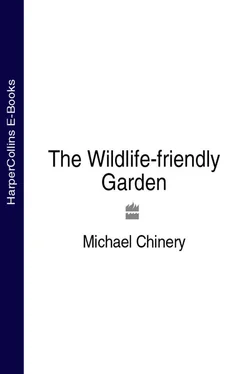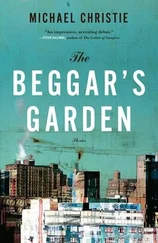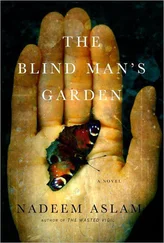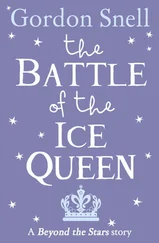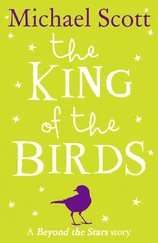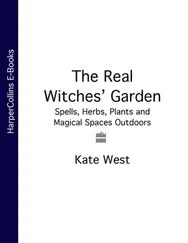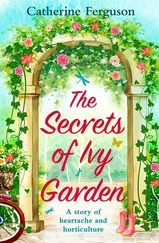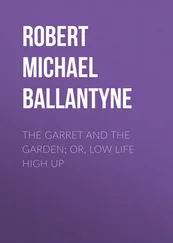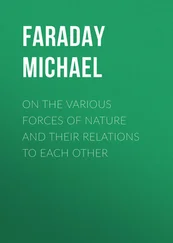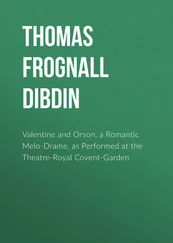Decide what features you want to include, which, in practice, usually means what you have room for, and then measure your garden carefully so that you can draw an accurate scale plan. Your aim should be to have the flower beds and other more formal or tidier parts of your garden near to the house and let them grade into the wilder-looking areas further away. This will give the whole garden a natural look and still allow you to control its structure. Remember that the pond should be in an open spot and that bird tables should be positioned where you can watch them in comfort.
When you have decided where everything is to go, you can start thinking about the plants. The soil will influence what you can grow, so have a look at neighbouring gardens and the surrounding countryside to determine which plants do well in the area. You can also use the Internet to find out which members of your local flora are worth planting in your garden ( see here). Although native species are best ( see here), you don’t have to ignore exotic species altogether. They lend superb colour to the garden and can provide just as much shelter for wildlife as our native species. Many also provide seasonal nectar and fruit.
Woodland margins are among the richest of all wild habitats, and an excellent way to reproduce them in your garden is to plant a hedge with a wavy margin, preferably on either the northern or the eastern boundary, or both, as this will help provide protection from cold winds without casting too much shade. It will also enable you to grow primroses, foxgloves and many other sun-loving flowers at the base. Include as many different shrubs in your hedge as you can, as this will increase its attractiveness to both birds and insects ( see here). A ‘mini-spinney’, with three or four small trees, is another excellent way to mimic the woodland edge.
Ideally, the hedge should be on your northern boundary, but remember your neighbours: shelter for you might mean shade for them. Birch is a good tree in such a situation because it does not cast deep shade. It also supports over 200 insect species in Britain, and several small birds enjoy its seeds in the autumn. Alder and hawthorn are nearly as effective in this respect. Rowan, bird cherry, hazel and crab apple are other good trees for this situation, or you could try planting a cultivated apple; even a good cooker can support plenty of wildlife, from tiny insects to collared doves, and you can also enjoy the fruit yourself.
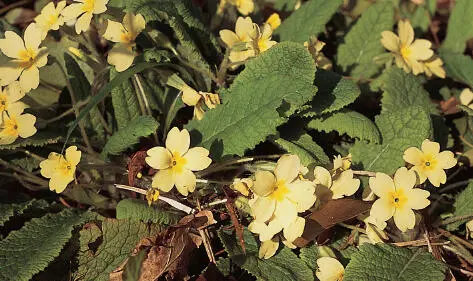
Rolando Ugolini
Among the most beautiful of all our spring flowers, the primrose graces the bottoms of many garden hedgerows. Look out for the furry bee-fly plumbing the flowers for nectar with its long, rigid tongue .
Rolando Ugolini
Just a few small trees on the edge of the garden can provide food and shelter for many creatures normally found in a woodland habitat, especially if the herbage is left uncut until autumn .
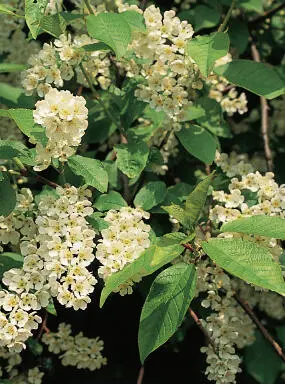
Michael Chinery
Bird cherry is an excellent tree for the wild garden. It can reach a height of 15m (45ft), but it does not cast a dense shade and it is easily kept in check by regular trimming. Laden with heavily-scented flowers in spring, the bird cherry bears shiny black fruits later in the year .
These can be made of brick or concrete, or paving slabs laid as stepping stones across the lawn or through the flower beds. For a more natural look, however, you can use chipped bark laid over a firmly-rolled base and retained by a kerb of rustic poles. You can disguise the edge a little by planting violets and bugle here and there and allowing them to tumble over the poles. Some interesting fungi may well spring up on the poles and on the chippings.
Michael Chinery
Bugle makes a colourful edging to a garden path in the spring. The wild form and the various cultivars are equally attractive to bees .
Try to make the paths curve through the garden so that you get new views at every turn and possibly a feeling that you are in a larger area. However, if you cannot do this, you can create an illusion of distance on a straight path by using large chips near the house and smaller ones further away. If your path is on a slope, put in some wooden steps here and there. Old railway sleepers are ideal, and if you drill a few holes in them you will probably attract various solitary bees ( see here). You can also drill holes for them in the path edging.
Although pergolas tend to be associated mainly with formal gardens, they can actually be wonderful wildlife centres. Clothed with roses or honeysuckle in summer, they attract lots of insects and insect-eating birds, and some birds will readily nest in the dense climbers. You can make pergolas work for you in the winter as well by hanging an assortment of bird feeders on them. The sturdy uprights also make good supports for nest-boxes, but it is as well to move the feeders to another site before the nesting season begins: hordes of birds squabbling over a nearby bag of peanuts are not likely to make your nest-boxes desirable residences. Solitary bees and wasps will also appreciate your pergola if you drill a few small holes in the woodwork.
Michael Chinery
Pergolas allowed to become overgrown with an assortment of creepers can be superb for garden birds .
In the middle of the twentieth century, flower-rich meadows could be found in many parts of Britain, but less than two per cent of the meadows that delighted us in the 1940s survive today. Unfortunately, we cannot put them back, but every little helps and a flowery lawn in your garden is a good start .
Put your mower away for a few weeks and you will certainly get some new flowers on your lawn, but unless your garden is on a chalk or limestone slope you probably will not grow much more than dandelions and daisies initially. To create a good flower-rich habitat you will have to introduce most of the flowers.
Scattering seeds into an existing lawn is not likely to achieve very much because the grasses will swamp the young seedlings, although you can increase their chances by removing the turf from small areas before sowing. Therefore a better way is to stick established plants into your lawn, but even then they are likely to be overshadowed. The best approach of all is to strip all the turf and much of the top-soil away and then re-seed the ground with a mixture of grass and flower seeds. Make sure that the grass mixture does not include rye grass, which is too vigorous for a wildflower meadow.
Michael Chinery
Abandon your mower and you will soon acquire a grassland jungle similar to this, where field mouse-ear and bird’s-foot trefoil are flowering below the thistles and tall flower-heads of the grasses .
Do not be tempted to sow too many species in a new lawn: four or five grasses and half a dozen flower species are plenty. Spread the grass seeds evenly over the area, but for a natural appearance the flower seeds should be sown in drifts of just two or three species. Never add any fertilizer to your meadow – this will merely encourage the grasses to grow and overshadow the other plants.
Читать дальше
